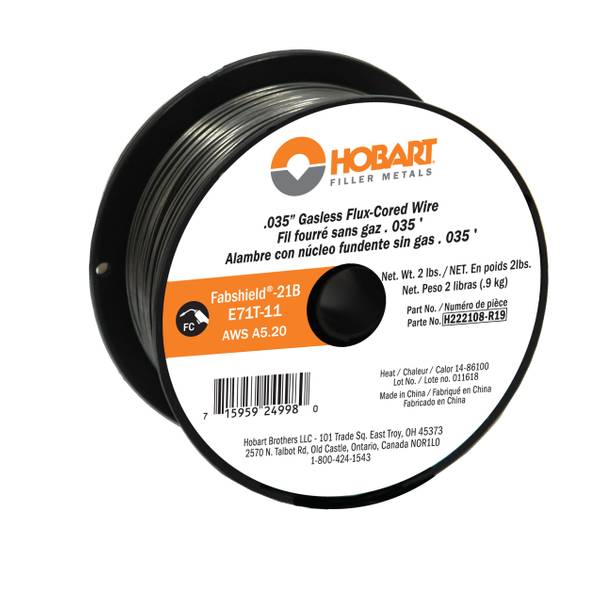
Make sure the surfaces the brazing will stick to are cleaned well, as it won’t stick to dirty or rusty iron. However, it’s a good option if you’re having trouble welding it for some reason. It’s a good option to minimize the extreme heating and cooling of the electric welding processes, and it’s easier to maintain the temperatures of the components with it.īrazing isn’t really welding, as it doesn’t fuse the metal as a weld does. Oxy-acetylene welding is another option frequently used to weld cast iron.

TIG welding shouldn’t give you any spatter issues. The spatter from MIG or stick welding may unnecessarily damage parts of the machined surface not being welded. If you’re welding up a machined surface, the best option would be to TIG weld it. It’s primarily based upon personal preference, but there are a few factors to consider when welding cast iron.

You can weld cast iron with every welding process, provided you use the right filler material and welding procedure.

Once you’ve determined the material is gray cast iron, the next step is choosing what process you will use to weld it. Having someone experienced assist you is another good option. Gray cast iron is the most common type of cast iron welded, and should be the only cast iron you attempt to fuse unless you’re experienced with casting or welding it. There’s a slight difference in the look of fresh cracks in the material, but unless you’re experienced in determining this, it pays to find out from the manufacturer. The best way to tell what type of cast iron needs welding is to consult the product manual or contact the manufacturer, if it’s not stated on the material. Malleable iron: Not welded, as welding changes the properties of the metal, rendering it useless. Here is a list of their weldability:ĭuctile iron: Weldable but rare, as it’s an extensive and slow process. There are numerous types, and you won’t want to weld most of them. The first step of this kind of welding is identifying what type of cast iron it is.

Following a set of guidelines on how to weld cast iron should ensure that your welds have no cracks and that the internal strength is sufficient to withstand the component’s purpose. Therefore, knowing what you’re doing is more crucial than ever. A wrong move can ruin your broken part even more, or worse, make your weld look strong when it’s internally weak. Either option can be chosen, but if you know how to weld and are up for learning a new skill, welding it yourself could solve your problem just as easily.Ĭast iron is one of the most challenging materials to weld. It can mean thousands of dollars in replacement parts or hundreds of dollars for hiring a cast-iron welding specialist. It’s a nightmare for any cast-iron machine owner to crack or break a vital cast component. Image credit: CC0 Public Domain, Max Pixel


 0 kommentar(er)
0 kommentar(er)
